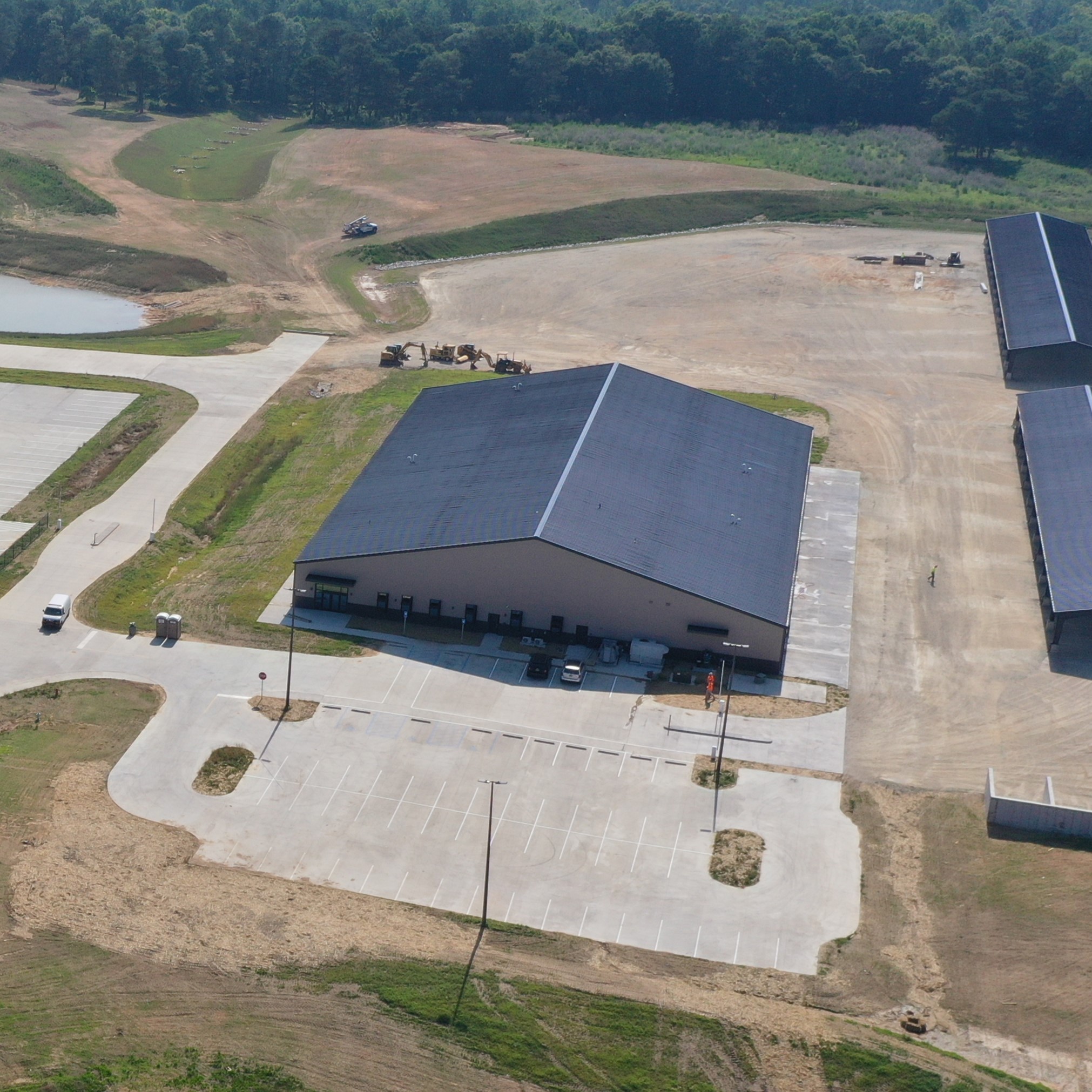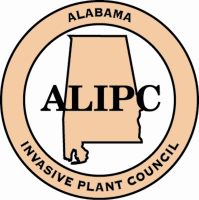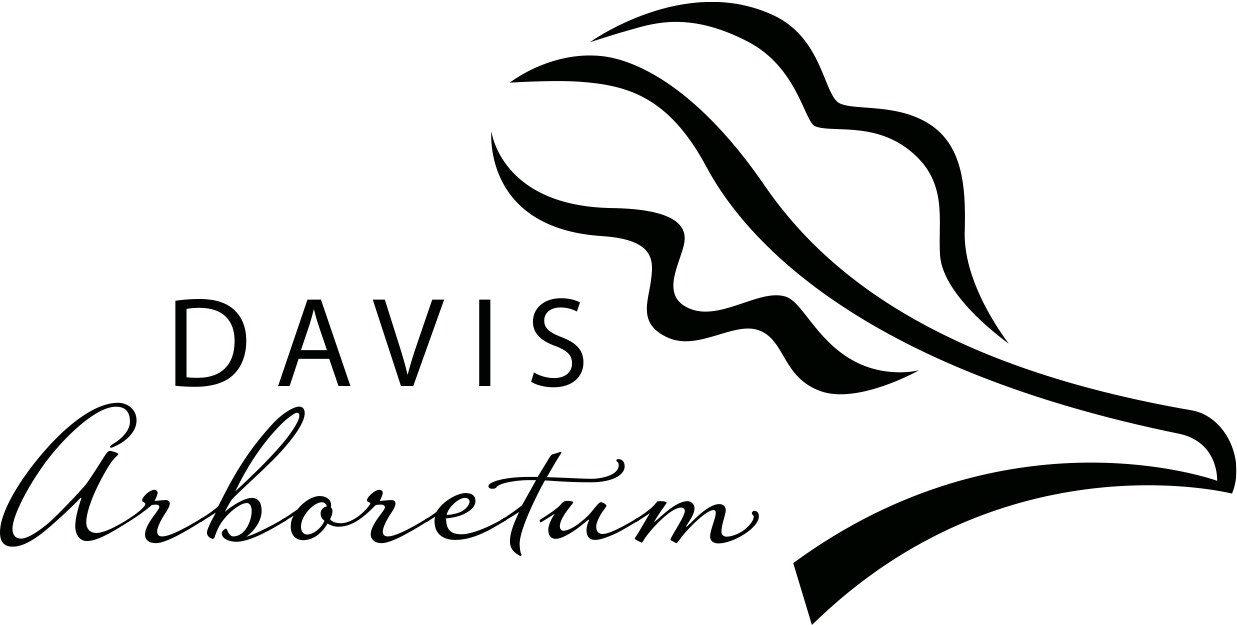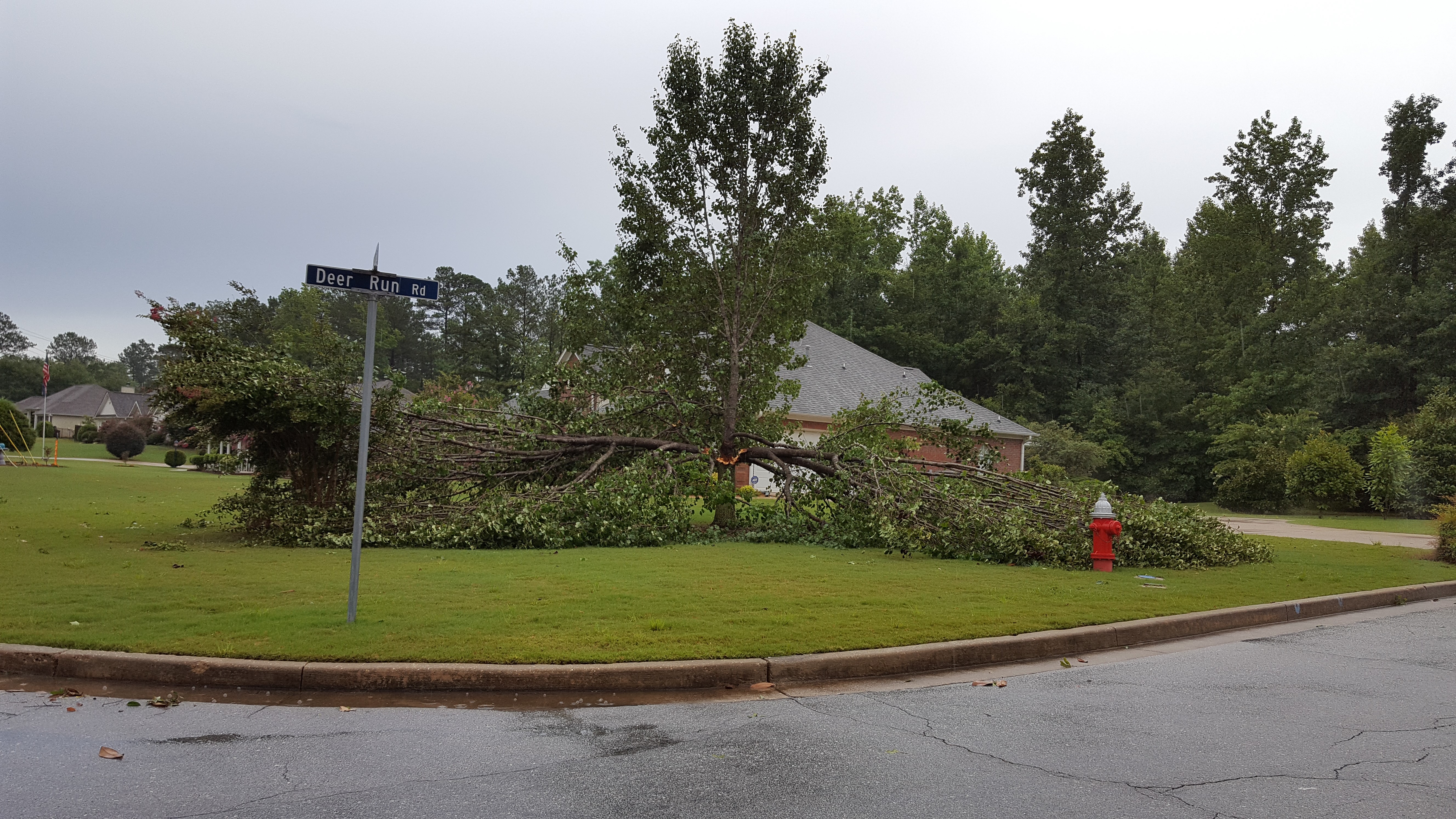Invasive Species Exchange

Public Works Building
4277 Wire Rd, Suite 300
-
(334) 501-3000 -
webpw@auburnal.gov -
- M-F
- 7AM-4PM
-
{{SocialMediaLinks}}
.png)
To spread awareness about how the invasive species harms the environment and economy, the City partnered with the Alabama Cooperative Extension System and the Alabama Invasive Plant Council to provide free native trees for property owners who removed invasive tree species.
The following invasive trees were included in the exchange:
- Callery pear (see more info below)
- Chinaberry
- Golden Raintree
- Mimosa (silktree)
- Popcorn tree (Chinese tallowtree)
- Princesstree
- Privet (2” caliper or greater)
- Sawtooth oak
- Tree of Heaven
- Chinese elm
Why should I remove invasive trees?
Invasives are non-native plants that cause economic or environmental harm. They compete with native species, often degrading wildlife habitat as they eliminate sources of food and shelter. Invasive plants have contributed to the decline of 42% of U.S. endangered and threatened species (U.S. Forest Service). They also cost billions of dollars every year in the U.S., negatively affecting property values, agricultural productivity, outdoor recreation, and infrastructure. Invasive plants are successful because they spread rapidly through massive quantities of seed, aggressive roots, or animals. For that reason, it takes a community effort to stop their spread.
The primary focus of the Invasive Species Exchange was the identification and removal of the Callery Pear. The Callery pear, (Pyrus calleryana), is native to China and was widely planted for its white spring blossoms and red fall color. Several cultivars of Callery pear are popular, including Aristocrat, Autumn Blaze, Bradford (the commonly planted Bradford pear), Capital, Cleveland, Chanticleer, Redspire and Whitehouse. Offspring of the many cultivars invade and destroy native ecosystems. These ornamental pears are also notorious for weak branch angles that readily break as the tree ages.
The Callery pear invasion is a fascinating story of how plant introductions with good intentions can sometimes go wrong. Callery pear, native to southeastern Asia, was introduced to the US in the early part of the 20th century for breeding programs to increase fire blight resistance in common pears. It soon became clear that Callery pear also had incredible potential as a horticultural tree. A high degree of tolerance to numerous environmental stresses coupled with rapid growth and early abundant flowering made Callery pear a very popular street and landscaping tree. Over the years, numerous cultivated varieties (cultivars) were developed. The ‘Bradford’ cultivar is the best known and most people now call the species by the cultivar name ‘Bradford’ pear.
Without getting too deep into the details of its breeding system, Callery pear is self- incompatible and requires outcrossing with genetically different individuals for successful fruit production. This is why there was little fruit production observed for many years when most of the material planted was the genetically identical ‘Bradford’ cultivar. However, the ‘Bradford’ cultivar was eventually found to be a structurally weak tree due to its branching pattern with narrow crotch angles. This resulted in a shift to other cultivars which greatly increased the genetic diversity of ornamental plantings. Mixed populations of more than one cultivar led to new opportunities for outcrossing and successful fruiting. This is now evident in many urban areas where Callery pear trees are now loaded with fruits where none were previously produced. Additionally, similar to apples and other types of pears, the seed produced from the successful crosses are not true to the parents and often appear more like the wild types from its native range. Most are very thorny with sharp spur shoots that persist even on older trees.
How should I remove my invasive tree?
It is highly recommended that you contact a licensed tree professional to remove any large trees on your property. Small trees will also be accepted for the exchange. After cutting, stumps should be treated with an herbicide (glyphosate or triclopyr) to ensure that the stumps and large roots don’t resprout. Learn more about the best techniques for invasive removal.
Sponsors and supporters




